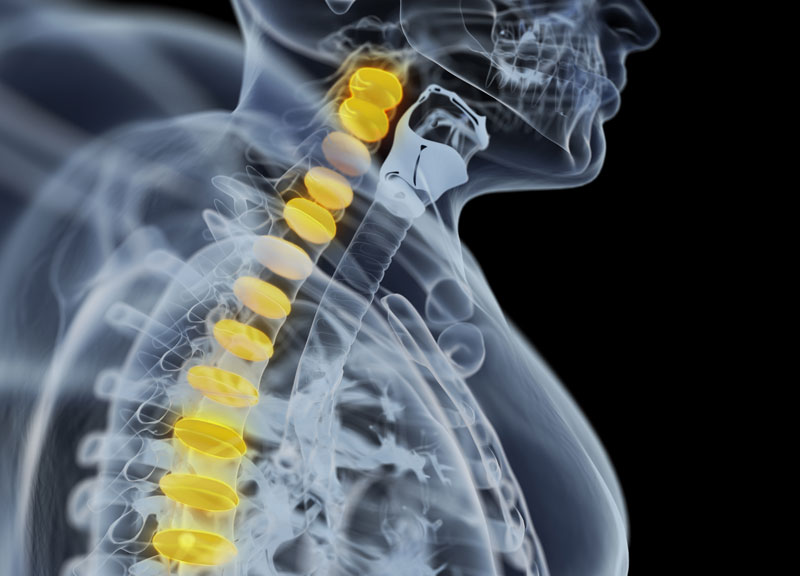Understanding Post-laminectomy Syndrome
Also referred to as Failed Back Surgery Syndrome (FBSS), post-laminectomy syndrome is a condition that causes the patient suffer from persistent pain in the back after surgery on the back.
A laminectomy is a procedure where the surgeon removes a part of the vertebra that protects the spinal-cord. The procedure is aimed at providing patients relief from pressure on the spinal-cord resulting from a protruding disc. Usually, patients may recover without any complications. However, some patients may experience back pain and leg pain that persist even after laminectomy. This type of persistent pain is known as ‘post laminectomy syndrome’.
Causes of Post-laminectomy Syndrome
There are many reasons patients may develop back pain post laminectomy, also referred to as post laminectomy syndrome.
Surgical Complications – Sometimes, the surgery would not have been necessary. Under such circumstances, the patient may experience these problems.
Narrowing of Spinal Column – Also known as spinal stenosis, the narrowing of spinal column does not allow for any relief from pain for patients despite going through a laminectomy.
Disc Fragment – In some cases, a small fragment of the disc may remain after laminectomy. This results in irritation in the spinal-cord and pain.
Smoking – Patients who smoke are more likely to develop post-laminectomy syndrome after a surgery of the back.
Failed Surgery – Patients who had experienced a failed surgery in the back are more vulnerable to developing this post laminectomy syndrome.
Symptoms
The patient experience back pain at the site of surgery. This is accompanied by leg pain. The pain makes it difficult to perform daily activities. Patients may have faced difficulty sleeping. Pain lasting for a longer time can lead to depression and anxiety.
Diagnosis
History – Usually, doctors prescribe a detailed assessment of history and a clinical examination. This suffices the requirement for a preliminary diagnosis. Doctors will observe altered postures and varied positions when walking.
X-rays – In some cases, doctors may recommend x-rays of the site of pain. This helps with revealing the major cause of pain.
CT Scan / MRI – Advanced tests such as CT scan or MRI can reveal any residual compression on the spinal nerves after a surgery.
Blood Tests – These tests help with detecting any infections or formation of abscess around the spinal cord.
Treatment Options for Post-laminectomy Syndrome
The treatment options for the condition may vary. Listed below are some of the best options considered by doctors:
Pain Killers – This is administered as first-line treatment by doctors. Morphine based pain killers in high doses are used for the post-laminectomy syndrome. This is done only under strict supervision of doctors to avoid patient develop any kind of dependence on opioids.
Physical Therapy – The therapy may be recommended in the form of exercises and treatments including electrical stimulation. This is given to ensure ample relief from pain. Physical therapies are prescribed for enhancing overall movement.
Specialist Therapies – Doctors may consider advanced treatments as a treatment choice. These include radiofrequency denervation, epidural nerve blocks, and platelet rich plasma therapy.




